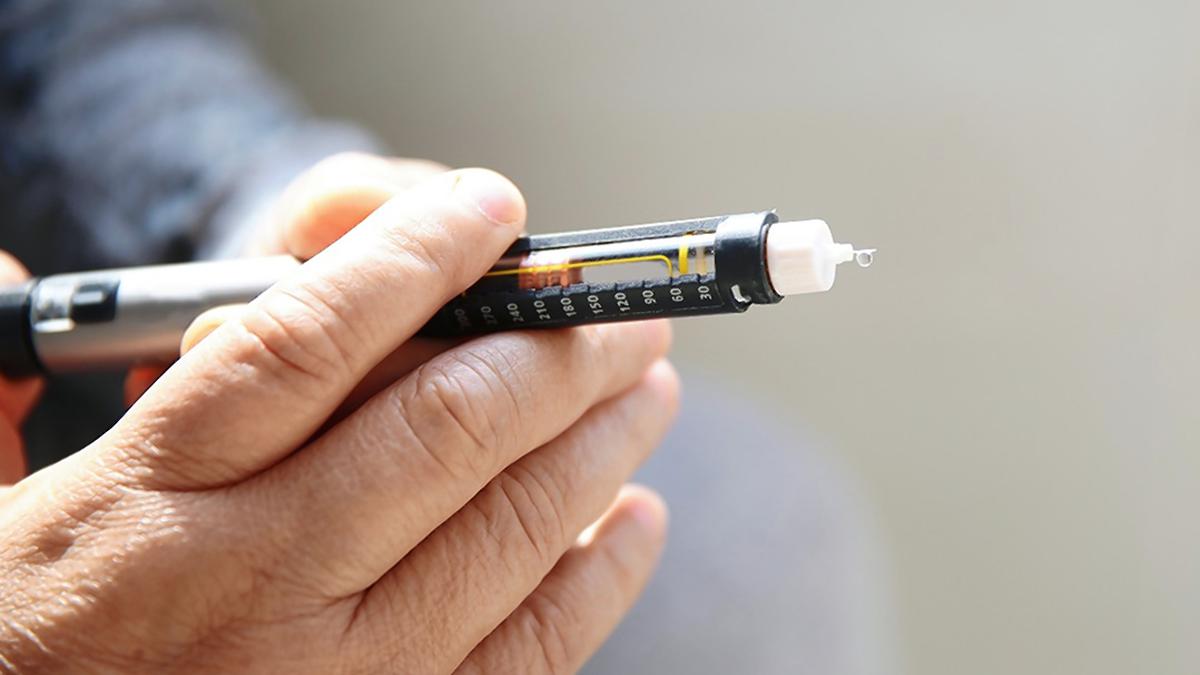IISc. might have found way to reduce cost of microneedles for diabetics

Microneedle patches can help inject insulin just below the skin surface without pricking deep like normal syringes (in pic).
| Photo Credit: Photo for representation only
Researchers at the Indian Institute of Science (IISc.) and the Institute for Stem Cell Science and Regenerative Medicine (inStem) have used a novel method to produce microneedles.
According to IISc., microneedle patches can help inject insulin just below the skin surface without pricking deep like normal syringes. However, microneedles are manufactured using complex procedures, like photolithography, that require clean rooms, and are time-consuming. This complexity limits their mass production and self-administration.
To overcome this restraint, researchers at the two institutes have used a novel method to produce microneedles.
The researchers, in a study titled “Single step fabrication of hollow microneedles and an experimental package for controlled drug delivery”, have said, “In the present study, polymeric Hollow Microneedle arrays (HMNs) were fabricated using a novel single-step drop-casting process without needing clean room facilities, and sophisticated instrumentation. When drop casted on the pyramidal tip stainless steel needles, the optimized polymer solution allowed the reproducible formation of desired height HMMs on a detachable acrylic base.”
IISc. said that this kind of setup does not require an expensive clean room.
The team then tested a microneedle patch produced using this method and found that it could precisely deliver the required volume of insulin to diabetic mice in the lab. The researchers hope that this method can speed up the fabrication process of microneedles, which can be used to deliver drugs as part of wearable devices.
The researchers, in their paper, stated that the optimized process can be used for the large-scale manufacturing of HMNs, and the experimental package shows the potential to be further developed into a wearable device.
For all the latest business News Click Here

